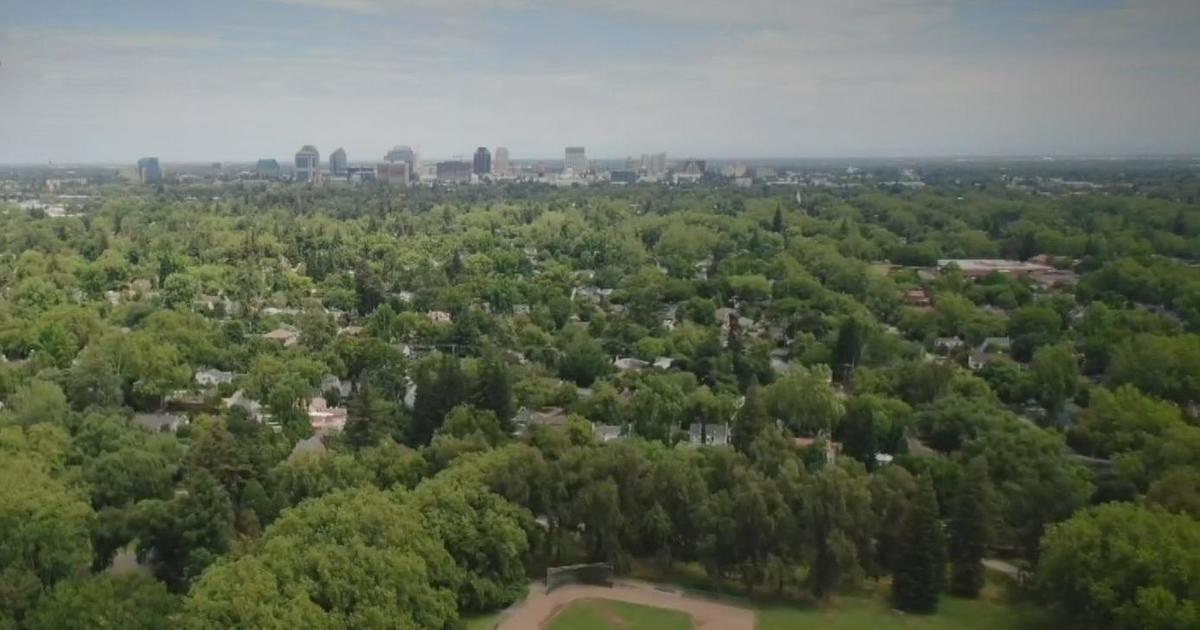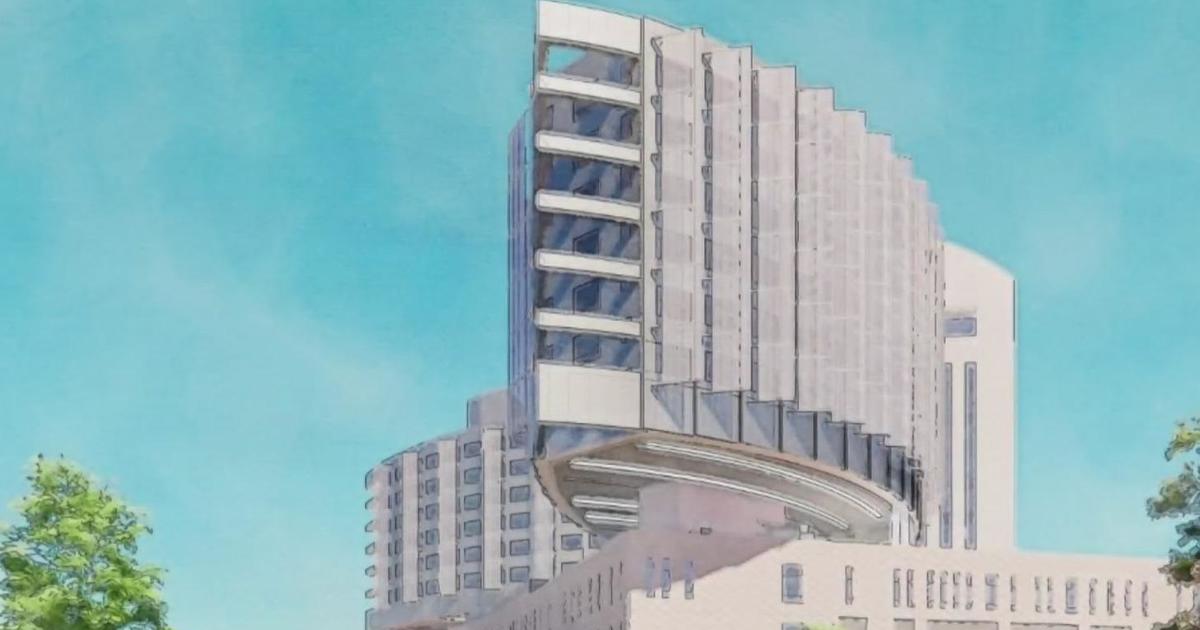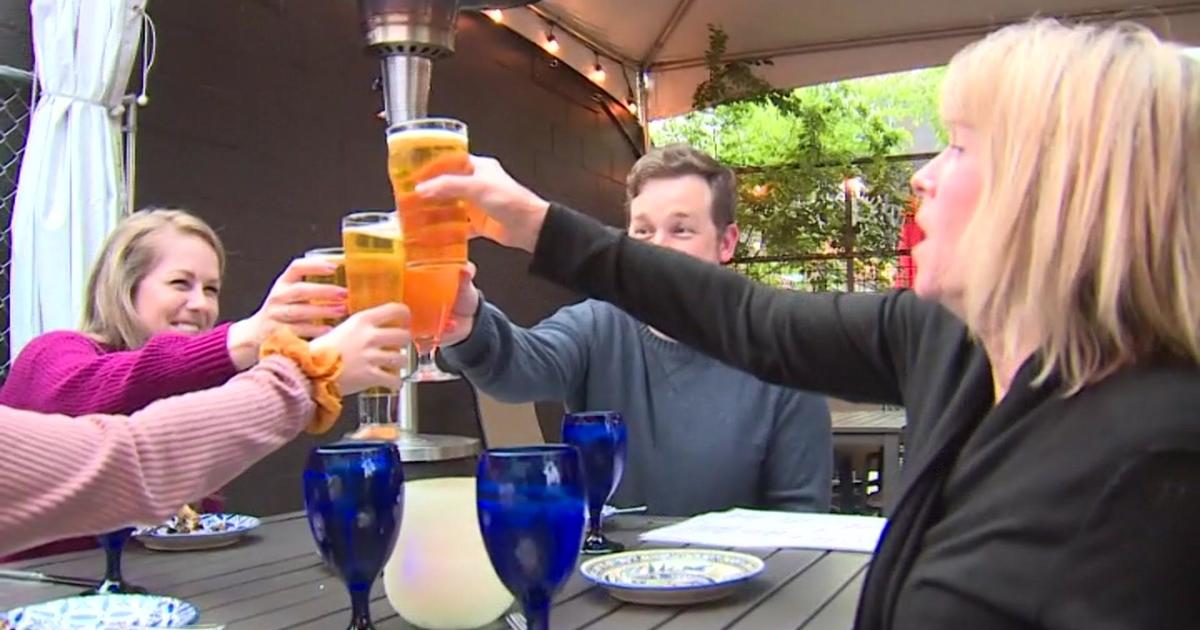How Sacramento heat islands are disproportionately impacting low-income neighborhoods
SACRAMENTO -- Another heat wave is here, and some neighborhoods are heating up hotter than others in what is known as urban heat islands.
"Heat islands are largely caused by the presence of very dense materials like concrete or asphalt," said Professor of Climate Adaptation at Portland State University Dr. Vivek Shandas.
Dr. Shandas said it is no coincidence that heat islands are often in low-income or communities of color.
"There are a set of policies that were developed that go all the way back to the 1930s that segregated neighborhoods and invested in some neighborhoods with parks, greenspace and small homes, and disinvested in other neighborhoods," said Dr. Shandas.
That is why you will see large tree canopies creating cooler conditions in spots like East Sacramento, Land Park, Curtis Park and Pocket.
Other areas, like Southeast Village near Power Inn Road, you will have direct sun exposure. Some other heat islands across Sacramento include Del Paso Heights, Meadowview, Parkview and more. You can see an interactive map of heat islands across the Sacramento region here.
Dr. Shandas said people living in heat islands usually get more heat-related illnesses.
"Over a long period of time, that heat slowly wears and tears away at the body," said Dr. Shandas.
The heat islands are not just dangerous for the body, but also the air.
"You will see more emissions because people are going to be driving instead of walking or biking," said Paul Philley with the Sacramento Metro Air Quality Management District.
Philley said they are looking at many ways to address heat islands.
"SMUD and the Sac Tree Foundation are giving away free shade trees so people can plant them around their homes to help reduce their energy bills and combat the heat island effect," said Philley.
But planting more trees, will not alone solve decades of disproportionate heat exposure from neighborhood to neighborhood.
Cool pavement and cool roofs could help combat the heat that is only getting hotter.
"Changing the way we configure buildings so they allow air to move through," said Dr. Shandas.
Philley said lighter pavements have a higher solar reflective index and it helps reflect the heat back.
Heat islands can sometimes be up to 15 degrees hotter than other neighborhoods.
Dr. Shandas adds that because of climate change, things are only getting hotter -- what used to be 90 degrees, is now 95.
"The homes act like ovens, and they really can make some unhospitable environment for communities," said Dr. Shandas.



